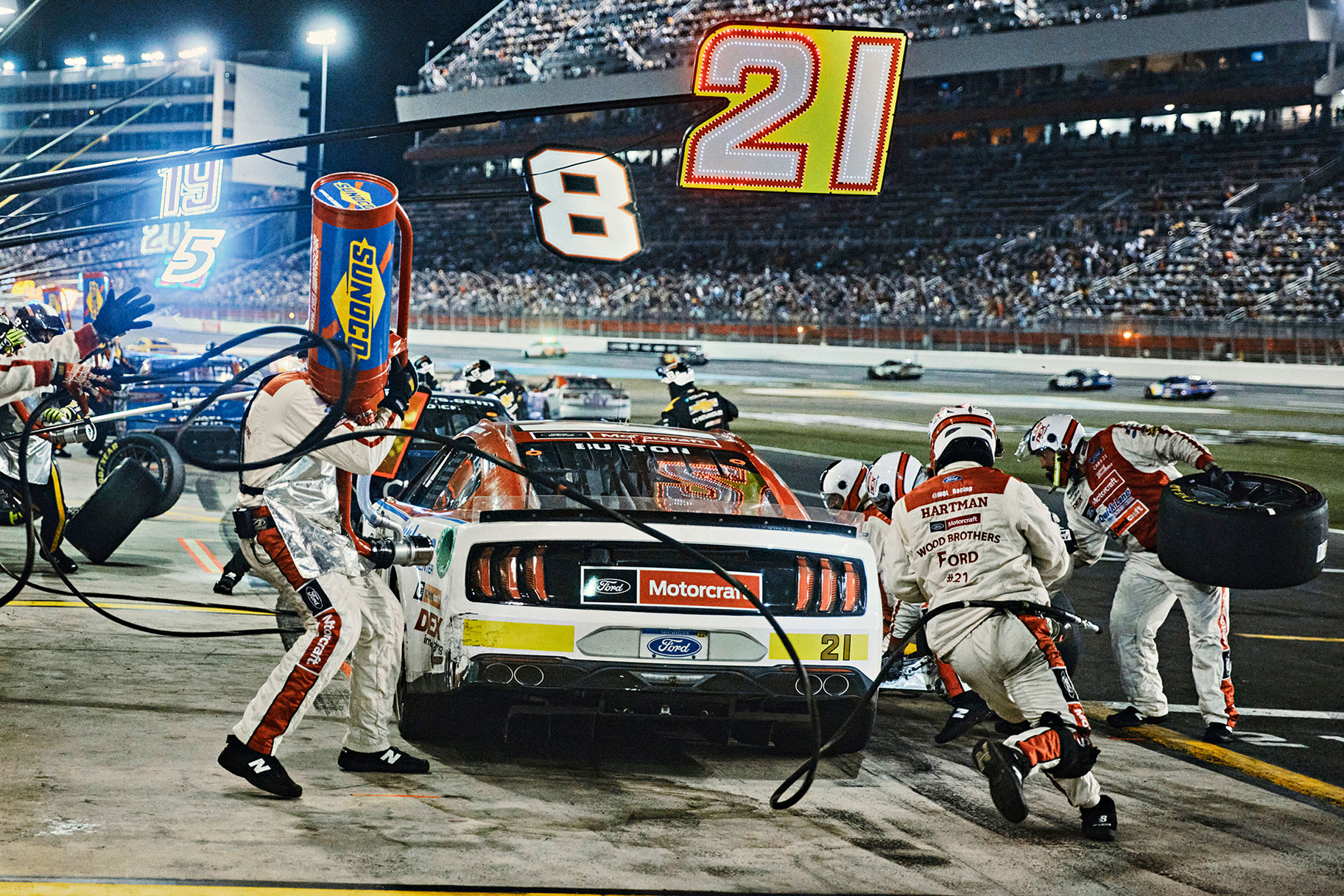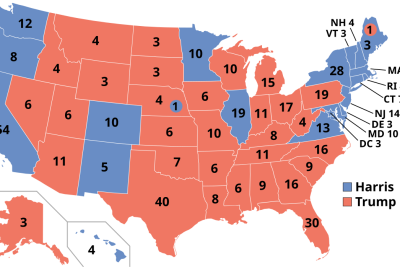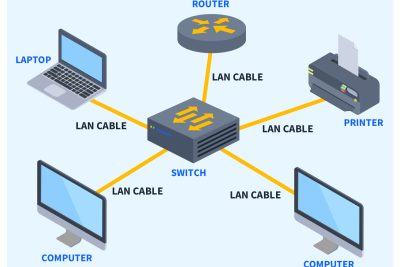
Motorsports: Inside the Role of NASCAR Mechanics and Teams

NASCAR, or the National Association for Stock Car Auto Racing, has evolved into one of the most recognized forms of motorsport in America and around the world. Founded in 1948, NASCAR has played an essential role in shaping the landscape of stock car racing, contributing to its rise in popularity throughout the late 20th and early 21st centuries. The innovative developments within the sport can be attributed to various elements, but none are more crucial than the dedication and expertise of NASCAR mechanics and their teams. These skilled professionals ensure that race cars not only perform optimally but also adhere to stringent safety regulations enforced by the organization.
The significance of NASCAR mechanics extends far beyond the garage and pit area; their work represents the backbone of the sport. From preparing vehicles for the race to executing seamless pit stops, mechanics are integral to each race's success. As we explore the multifaceted roles of NASCAR mechanics, we will also delve into the intricacies of team dynamics, specialized training, technological innovations, and the challenges these unsung heroes face, ultimately highlighting their invaluable contribution to the thriving world of motorsports.
- The Evolution of NASCAR: A Brief History
- The Unsung Heroes of the Pit: Who Are NASCAR Mechanics?
- The Role of Mechanics in Race Day Preparedness
- Team Dynamics: How NASCAR Teams Operate
- Training and Skills Required for NASCAR Mechanics
- The Importance of Communication Between Teams and Mechanics
- Innovations in Race Car Technology and Their Impact
- The Challenges Faced by NASCAR Mechanics
- Safety Protocols: Mechanics' Role in Driver Protection
- Conclusion: The Backbone of NASCAR as a Sport
The Evolution of NASCAR: A Brief History
NASCAR has undergone vast transformations since its inception in 1948. Initially established by Bill France, an auto mechanic, the organization was created to sanction and promote stock car racing in a regulated environment. The importance of technical regulations and scoring systems became clear as races progressed, requiring a standardized approach. These changes eventually led to the introduction of purpose-built race vehicles, enhancing the performance and safety of participating cars.
Over the decades, NASCAR embraced sponsorship and branding, with notable partnerships such as the Winston Cup Series beginning in 1971. These developments boosted the sport's profile, attracting a wider audience and leading to the emergence of iconic figures such as Dale Earnhardt and Jeff Gordon. However, it was the tragic passing of Earnhardt in 2001 that catalyzed a renewed focus on safety within the sport, prompting significant reforms in race car design and safety protocols. NASCAR's continued growth has made it a vital part of the American sporting landscape, expanding its reach far beyond its southern roots.
The Unsung Heroes of the Pit: Who Are NASCAR Mechanics?
The term NASCAR mechanic encompasses a diverse group of skilled individuals responsible for the technical and mechanical aspects of race cars. While often overlooked, these mechanics are the unsung heroes of the sport, working tirelessly behind the scenes to ensure everything runs smoothly. Skillsets among mechanics vary, including areas like engineering, fabrication, tire management, and fuel systems. Each member of a NASCAR team has a specialized role, and together, they contribute to the race car's performance on the track.
Profiles of NASCAR Mechanics
NASCAR mechanics come from various backgrounds, but their expertise often includes formal education in automotive technology or engineering. The best mechanics are problem-solvers who can diagnose issues quickly, make repairs, and optimize vehicle performance. Additionally, they have an in-depth understanding of aerodynamics, suspension systems, and engine mechanics that enables them to make instant adjustments during races, which can be the difference between winning and losing.
The Role of Mechanics in Race Day Preparedness
Race day is the culmination of countless hours of preparation and hard work. The role of NASCAR mechanics on race day involves routine checks and adjustments before the cars hit the track. Mechanics meticulously inspect every aspect of the race car, from engine performance to tire pressure, ensuring that everything meets regulatory and safety standards. The efficiency of mechanics during this time is crucial; even the slightest oversight can jeopardize a team's success on race day.
During the hours leading up to a race, the teamwork displayed is riveting. Mechanics collaborate to set up the cars for specific track conditions, strategizing on adjustments based on weather forecasts or track surface changes. In this environment, clear communication and rapid decision-making are essential, as mechanics must rapidly adapt to any arising situation.
Team Dynamics: How NASCAR Teams Operate
NASCAR teams are designed to function like finely tuned machines, where each mechanic plays a vital role in achieving success. Every position within a team—from the crew chief to the tire changers—is essential in a collaborative effort. Effective communication is the backbone of any successful NASCAR team, allowing team members to work in unison during both practice and the race itself.
The Crew Chief’s Leadership
The crew chief plays a pivotal role within a NASCAR team, acting as the primary decision-maker during races. This highly experienced mechanic not only leads the team but also interfaces directly with the driver, acquiring valuable feedback and formulating strategies. A crew chief must possess robust mechanical knowledge while also being adept at handling high-pressure situations where split-second decisions can lead to victory or defeat.
Specialized Roles Within the Team
Beyond the crew chief, there are many specialized roles within a NASCAR team, including tire specialists, fuelers, and shock technicians. Each member is trained to handle specific tasks during races, like changing tires swiftly or refueling in record time. This specialization allows the entire pit crew to operate like a synchronized team, ensuring minimal time lost during pit stops.
Training and Skills Required for NASCAR Mechanics
The preparation that goes into becoming a successful NASCAR mechanic is extensive and multifaceted. Most importantly, a comprehensive understanding of automotive engineering principles is essential. Many mechanics start their careers by pursuing degrees in automotive technology and gain experience through internships. Hands-on training is pivotal, as mechanics learn how to work under the pressure of pre-race conditions and live timing situations.
Moreover, continual education is vital in this fast-evolving field. Technologies in vehicle dynamics, engine performance, and data analytics are constantly advancing, and mechanics must stay informed about the latest innovations. Winning teams invest heavily in continued training, ensuring that their members remain competitive and knowledgeable about emerging automotive technologies and techniques.
The Importance of Communication Between Teams and Mechanics
Communication is an often overlooked, yet critical element in any NASCAR team. Mechanics not only need to convey information to one another effectively, but they also require seamless communication with drivers and crew chiefs. Regular debriefs are essential for discussing performance, highlighting necessary adjustments, and ensuring that all team members are aligned in their objectives.
During a race, rapid communication becomes imperative. Changes in track conditions or car performance must be relayed instantly, allowing mechanics to react in real-time. The collaboration between drivers and mechanics can bring about significant improvements in car performance, as drivers provide valuable feedback that allows mechanics to make precise adjustments to setups throughout a race weekend.
Innovations in Race Car Technology and Their Impact
The world of NASCAR is synonymous with innovation, as technology continues to revolutionize race car performance. Mechanics are on the forefront of implementing these advancements. Telemetry systems, for example, allow teams to gather real-time data during races, informing mechanics about how the car performs under various conditions. This data not only provides insight into potential shifts that can improve performance but also assists in diagnosing mechanical issues that may arise during a race.
Furthermore, advancements in aerodynamics have also played a crucial role in improving speed and stability. NASCAR mechanics are tasked with staying abreast of these changes, ensuring that vehicles are optimized according to the latest standards while complying with NASCAR regulations.
The Challenges Faced by NASCAR Mechanics
The life of a NASCAR mechanic is fraught with numerous challenges. The demanding schedule often requires extensive travel and long hours, particularly during race weekends. In addition to physical demands, the job requires intense mental agility, as mechanics must juggle several tasks while battling the pressure of competition.
Another significant challenge involves working with complex technology that requires continuous learning. Mechanics must adapt to new developments swiftly, keeping up with evolving safety features and performance enhancements. This need for adaptability makes their roles even more critical, especially as safety standards continue to change in response to evolving technology.
Safety Protocols: Mechanics' Role in Driver Protection
Safety is a paramount concern in NASCAR, where speeds can exceed 200 mph. The role of mechanics extends significantly into safety protocols, ensuring that not only are the cars free from defects, but they also incorporate essential safety features to protect drivers during high-speed events. Components such as roll cages, helmets, and fuel cells are scrutinized to ascertain their integrity and performance before each race.
Mechanics are often the first line of defense in identifying potential safety hazards that could threaten drivers. Thorough inspections and meticulous attention to detail allow them to assess vehicles for wear and tear, potentially preventing catastrophic failures on the track. Furthermore, mechanics undergo training to understand the intricacies of safety equipment and emergency protocols, ensuring they are prepared to respond promptly should an incident occur during a race.
Conclusion: The Backbone of NASCAR as a Sport
In conclusion, NASCAR mechanics play an indispensable role in the racing world, serving as the backbone that supports this dynamic sport. From their technical expertise to their teamwork and communication skills, these professionals ensure that race cars are not only competitive but also safe for drivers. As NASCAR continues to evolve and innovate, the significance of mechanics will only grow, solidifying their status as essential contributors to the riveting excitement of NASCAR racing.
Ultimately, understanding the dedication and skill that goes into the work of NASCAR mechanics enhances our appreciation for this cherished sport. These unsung heroes continuously push the boundaries of automotive technology and teamwork, making NASCAR a thrilling spectacle for fans around the globe.
Did you find this article helpful? Motorsports: Inside the Role of NASCAR Mechanics and Teams See more here Education.
Leave a Reply






Related posts